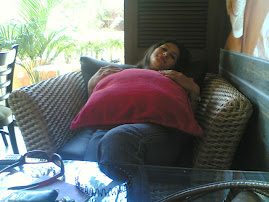It is not only Cuban; nevertheless we must give credit to Cuba for the origin and ancestry of creation. It is here where Contra-Danze (Country Dance) of England/France, later called Danzón, which was brought by the French who fled from Haiti, begins to mix itself with Rhumbas of African origin (Guaguanco, Colombia, Yambú). Add Són of the Cuban people, which was a mixture of the Spanish troubadour (sonero) and the African drumbeats and flavora and a partner dance flowered to the beat of the clave.
This syncretism also occurred in smaller degrees and with variations in other countries like the Dominican Republic, Colombia, Puerto Rico, among others. Bands of these countries took their music to Mexico City in the era of the famous films of that country (Perez Prado, most famous...). Shortly after, a similar movement to New York occurred. In these two cities, more promotion and syncretism occurred and more commercial music was generated because there was more investment. New York created the term "Salsa", but it did not create the dance. The term became popular as nickname to refer to a variety of different music, from several countries of Hispanic influence: Rhumba, Són Montuno, Guaracha, Mambo, Cha cha cha, Danzón, Són, Guguanco, Cubop, Guajira, Charanga, Cumbia, Plena, Bomba, Festejo, Merengue, among others. Many of these have maintained their individuality and many were mixed creating "Salsa".

.jpg)


2 comments:
Its 10% luck, 20% skill,15% concentrated power of will,5% pleasure 50% pani and 100% piece to remember the name...if that can make a car zip the road then y not the floor
Its 10% luck, 20% skill,15% concentrated power of will,5% pleasure 50% pani and 100% reason to remember the name...if that can make a car zip the road then y not the floor n the feet
Post a Comment